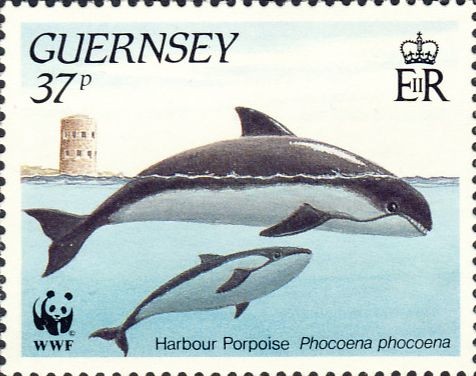After the construction of the storm surge barrier in 1986 a small population of harbour porpoises (Phocoena phocoena) seem to have been established in the Eastern Scheldt estuary in the last decades. But since 2009 the number of stranded porpoises found on the Eastern Scheldt shore increased every year, reaching highest level in 2011. In the same year the largest number of harbour porpoises was counted. Considering the number of alive animals counted by annual surveys, the number of stranded individuals is surprisingly high in the last 4 years. From the carcasses analysis made by the Veterinary Pathologic Diagnostic Centre of Utrecht University, the main reason of death identified was starvation, followed by emaciation. According to these results, the possible reasons of starvation were analysed in the present study. The main diet of harbour porpoises in the Eastern Scheldt is mainly composed by Atlantic cod, whiting and poor cod for adults and sand goby, whiting and herring for juveniles. Data about biomass and number per 1000 m² of the main prey of harbour porpoises were collected from the results of surveys performed every year by research institute IMARES. Evidence of low biomass and number of fish resulted from the collection of data, corresponding to a shortage of food for harbour porpoises resident in Eastern Scheldt. The most abundant fish among the main prey of porpoises is sand goby but it is also the species which shows the most evidence of decrease after 2000 on, with fluctuating trend. The age-group most represented among stranded animals was detected as juveniles. The relation between low prey availability and number of stranded animals is clear between the high decrease of sand goby, which
represent the 70% of the juveniles diet, and the high mortality of juveniles for starvation, in the same time. The scenario of low biomass and number of fish is strengthened by interviews to fishermen and fish seller that are used to fish in the Eastern Scheldt waters.
Source: Margherita Zorgno. MORTALITY OF HARBOUR PORPOISES (PHOCOENA PHOCOENA) IN THE EASTERN SCHELDT, THE NETHERLANDS. Aquatic Ecology and Water Quality Management Group, Wageningen University. Msc report number: 2014 MO9

- Login om te reageren
